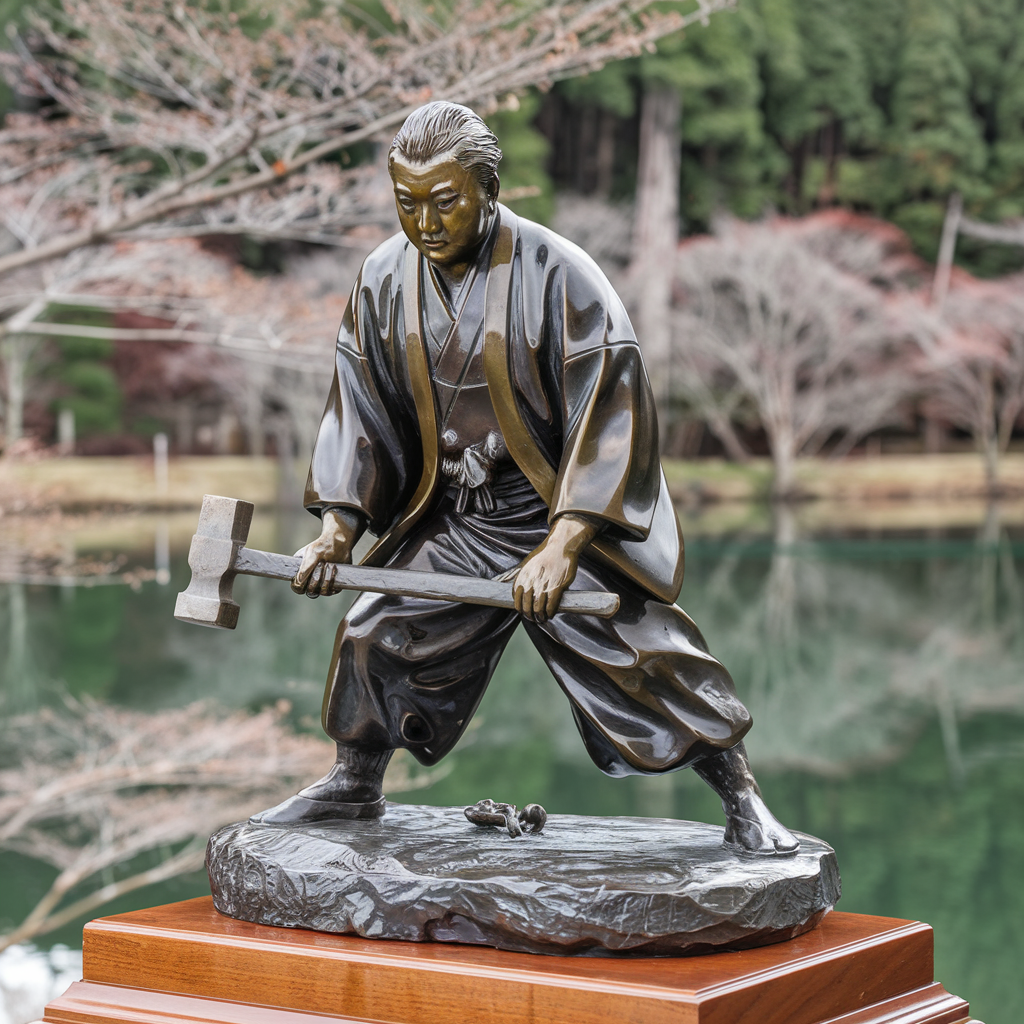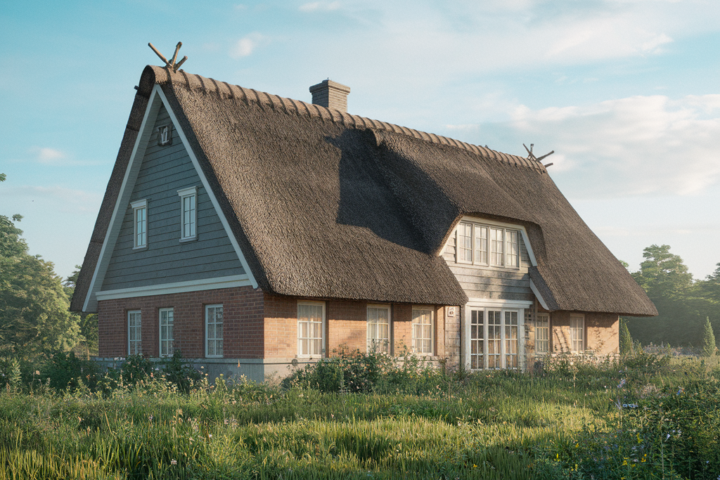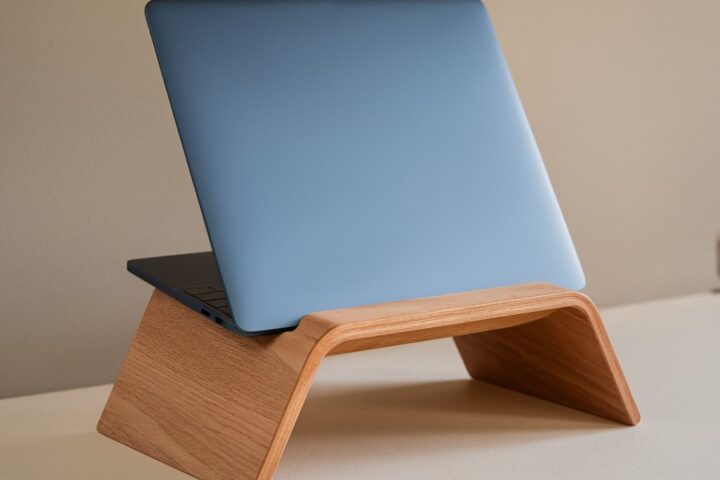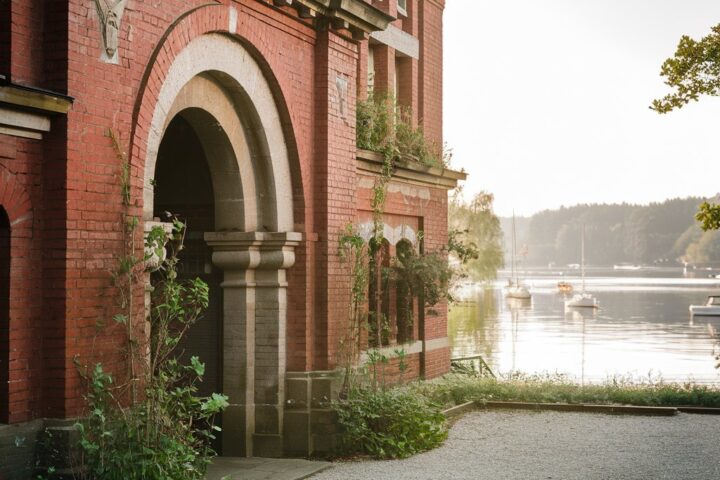The world of Japanese art is vast and varied, with countless forms of expression that have emerged through centuries of cultural evolution. One such remarkable example is the Ikoku with Hammer Japanese Bronze Sculpture, a creation that beautifully showcases the fine skill and techniques used by Japanese artisans in the forging of bronze artworks. This intricate sculpture form, blending the beauty of metalwork with artistic expression, offers a glimpse into Japan’s rich cultural heritage and artistic tradition.
Table of Contents
Origins and Historical Context of the Ikoku with Hammer Japanese Bronze Sculpture
The Ikoku with Hammer Japanese Bronze Sculpture finds its roots deep in Japan’s history, a country renowned for its craftsmanship in metalwork. Japan has long been a leader in creating intricate and detailed metal sculptures, and bronze has been one of the primary materials used for artistic creation. The use of bronze, an alloy of copper and tin, began in Japan as early as the 5th century, particularly in the production of ceremonial objects and sculptures.
The Ikoku with Hammer Japanese Bronze Sculpture can be traced back to the period when Japan began incorporating both indigenous and foreign influences into its artistic practices. The term “Ikoku” in this context refers to a specific type of technique or style that was used by artisans during this time. The hammering technique, one of the hallmarks of Japanese bronze sculpture, required exceptional skill, as it involved shaping the metal using tools such as hammers and chisels to create delicate patterns, textures, and shapes. Sculptors would use repeated hammer strikes to meticulously shape the metal, often working with varying intensities to produce gradients of texture and detail.
The Ikoku with Hammer Japanese Bronze Sculpture was not only a representation of artistic beauty but also of functionality. These sculptures were used in a variety of contexts, from religious ceremonies to commemorative pieces. Some sculptures were made to honor significant figures or gods, while others were used in temples and shrines to symbolize spiritual strength and purity.
The Technique of Hammering in Bronze Sculpture
At the heart of the Ikoku with Hammer Japanese Bronze Sculpture is the hammering technique. This process involves the use of various types of hammers and tools to shape and mold the bronze into the desired form. Unlike modern casting methods, where metal is poured into molds, the hammering technique requires sculptors to work with solid metal, repeatedly striking and shaping it by hand. The result is a unique texture and appearance that cannot be replicated with any other method.
In the case of Ikoku with Hammer Japanese Bronze Sculpture, sculptors would start with a bronze ingot or sheet. Using a series of mallets and chisels, they would gradually work the material into the desired shape. This method, known as “forging,” is labor-intensive but allows the artist to retain full control over the texture and detail of the sculpture. Depending on the final goal of the piece, artists may employ different techniques, such as adding fine details or smoothing surfaces to create a polished finish.
One of the most fascinating aspects of the Ikoku with Hammer Japanese Bronze Sculpture is the texture that results from the hammering technique. Each strike of the hammer leaves a mark on the surface of the metal, creating a pattern of textures that give the sculpture its character. These textures can range from deep, expressive grooves to subtle, delicate indentations, depending on the artist’s intention.
The Symbolism of the Ikoku with Hammer Japanese Bronze Sculpture
Like many other forms of Japanese art, the Ikoku with Hammer Japanese Bronze Sculpture is rich in symbolism. Each sculpture was carefully crafted to convey meaning, whether it was a representation of an important historical figure, a spiritual symbol, or a portrayal of nature and animals.
For example, many sculptures featured in the Ikoku with Hammer Japanese Bronze Sculpture style depicted deities and mythological figures, conveying the spirituality and reverence held by the Japanese people. The Japanese belief system incorporates elements of Shinto, Buddhism, and animism, all of which are reflected in the art produced during different historical periods. Sculptures were often commissioned by religious institutions or wealthy patrons to commemorate significant events or to serve as objects of worship.
One common motif in Ikoku with Hammer Japanese Bronze Sculpture is the depiction of animals, such as cranes or lions, which held symbolic meaning within Japanese culture. Cranes, for instance, are often considered symbols of longevity and good fortune, while lions are symbols of strength and protection. These sculptures would often be crafted with an incredible amount of detail, showcasing the artist’s ability to combine both aesthetics and meaning.
The Role of the Ikoku with Hammer Japanese Bronze Sculpture in Modern Art
Today, the Ikoku with Hammer Japanese Bronze Sculpture serves not only as a historical artifact but also as a source of inspiration for contemporary artists. While the technique has evolved over the centuries, the core principles of craftsmanship and artistic intent remain largely the same. Modern-day sculptors continue to employ traditional techniques to create new works of art, while also blending modern innovations in design and materials.
Many contemporary artists look to the Ikoku with Hammer Japanese Bronze Sculpture for guidance when creating their own pieces. The emphasis on handcrafting, the attention to detail, and the focus on texture and form are qualities that continue to resonate with today’s art world. Additionally, the deep spiritual and cultural meanings that are often embedded in bronze sculptures can provide artists with a rich source of inspiration.
There is also a renewed interest in collecting Ikoku with Hammer Japanese Bronze Sculptures among art enthusiasts and collectors. Because these sculptures are often limited in number and highly valued for their intricate detail and historical significance, they can fetch high prices at auctions and art galleries. Collectors appreciate the uniqueness of each piece, as no two sculptures created with this technique are ever the same.
Preservation and Conservation of Ikoku with Hammer Japanese Bronze Sculpture
As with all forms of art, preserving and conserving the Ikoku with Hammer Japanese Bronze Sculpture is essential to maintaining its cultural significance. Bronze, while durable, is susceptible to oxidation and corrosion over time, especially if the sculpture is exposed to harsh environmental conditions. To ensure that these works of art continue to be appreciated by future generations, proper care must be taken to protect them from environmental damage.
Conservators often use specialized techniques to clean and restore bronze sculptures, removing oxidation and ensuring that the integrity of the sculpture is preserved. This may involve gently polishing the surface or applying protective coatings to prevent further damage. Many museums and galleries that house collections of Ikoku with Hammer Japanese Bronze Sculptures also display them in controlled environments with specific temperature and humidity levels to prevent degradation.
Additionally, ongoing research into bronze conservation methods has led to the development of new technologies that allow for more efficient and effective preservation techniques. As interest in Ikoku with Hammer Japanese Bronze Sculptures continues to grow, so too does the need for ongoing efforts to maintain and protect these pieces for future generations.
The Influence of the Ikoku with Hammer Japanese Bronze Sculpture on Global Art
The influence of Ikoku with Hammer Japanese Bronze Sculpture extends far beyond Japan’s borders. Throughout history, Japan’s rich artistic heritage has had a profound impact on the development of art around the world, with bronze sculptures being one of the key mediums of influence.
In particular, Japanese bronze sculptures, including those created using the Ikoku with Hammer Japanese Bronze Sculpture technique, have been admired and studied by artists from a wide range of cultures. The technique’s emphasis on texture, form, and symbolism has influenced sculptors in both Asia and the West, inspiring the creation of similar works in various other artistic traditions. The unique approach to hammering and shaping the metal, paired with the cultural and spiritual significance of the sculptures, continues to make these pieces highly sought after in global art markets.
In the West, particularly during the late 19th and early 20th centuries, Japanese art was a major influence on movements such as Japonisme. Many Western artists and collectors were drawn to the intricate and graceful quality of Japanese bronze sculptures, including the Ikoku with Hammer Japanese Bronze Sculpture, and sought to incorporate elements of this aesthetic into their own works.
Also Read: Ruchi Gautam Manager Macquarie: A Key Leader in Financial Services
Conclusion
The Ikoku with Hammer Japanese Bronze Sculpture is not just a form of art but a testament to the skill, dedication, and spiritual depth of Japanese artisans throughout history. With its rich cultural symbolism, intricate craftsmanship, and timeless beauty, the Ikoku with Hammer Japanese Bronze Sculpture continues to capture the imagination of collectors, artists, and art enthusiasts alike. Whether admired for its technical mastery or its ability to convey profound meaning, this unique form of sculpture remains a symbol of Japan’s enduring artistic legacy.











